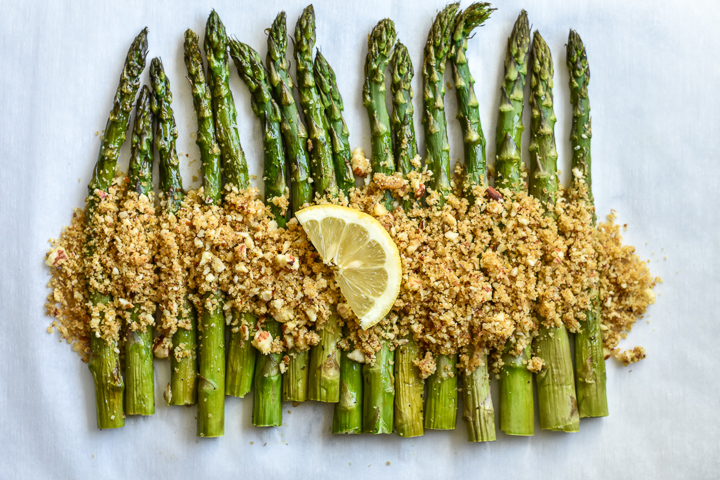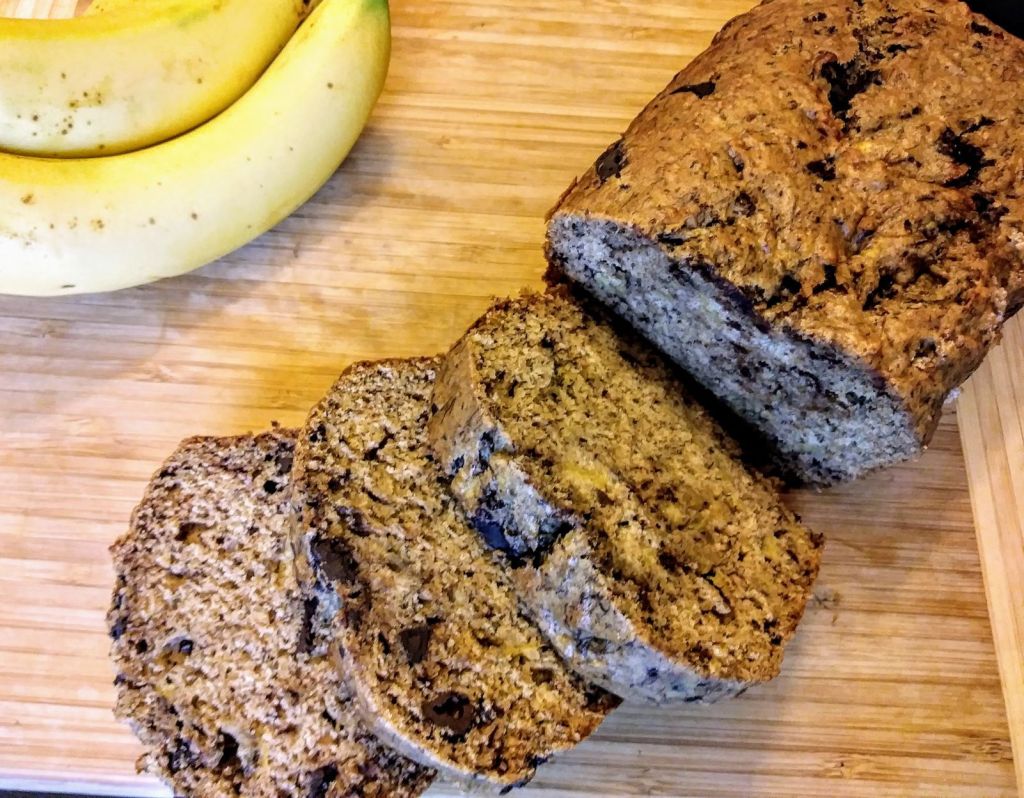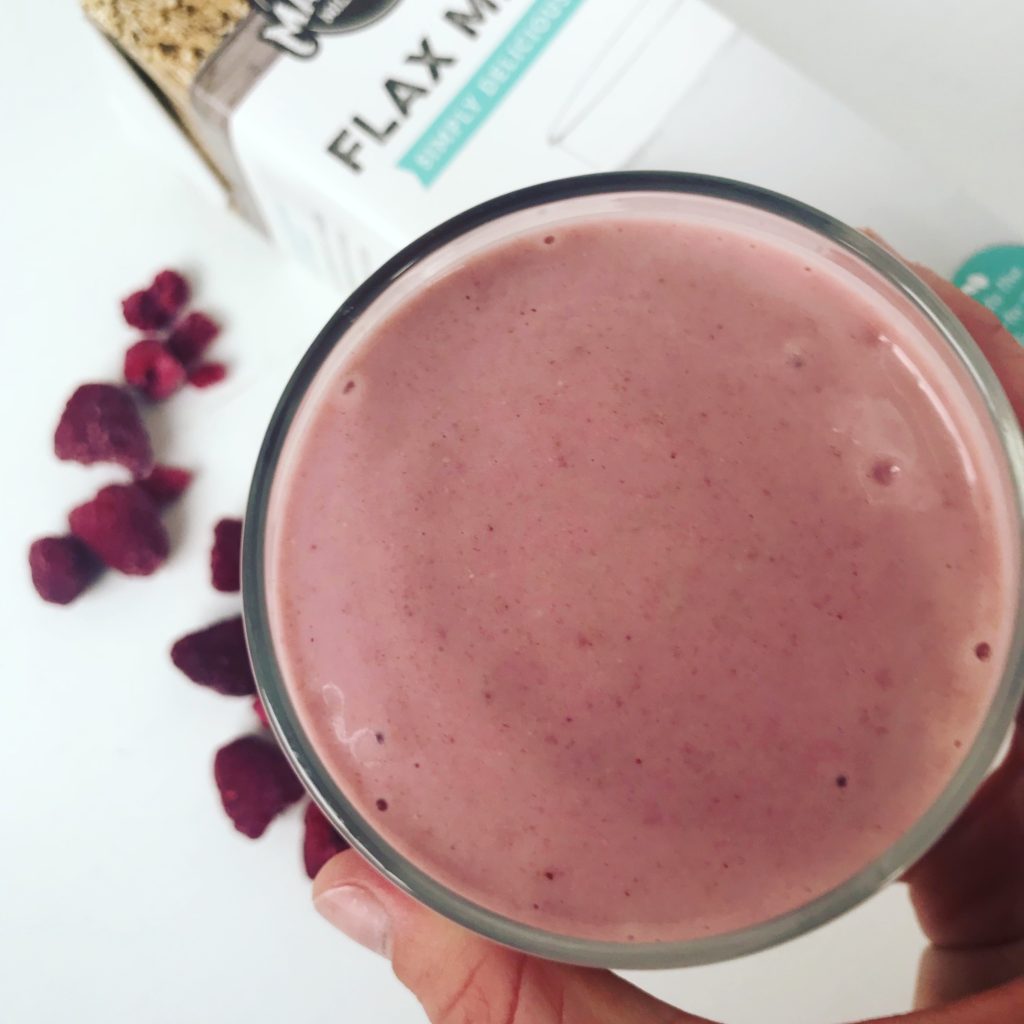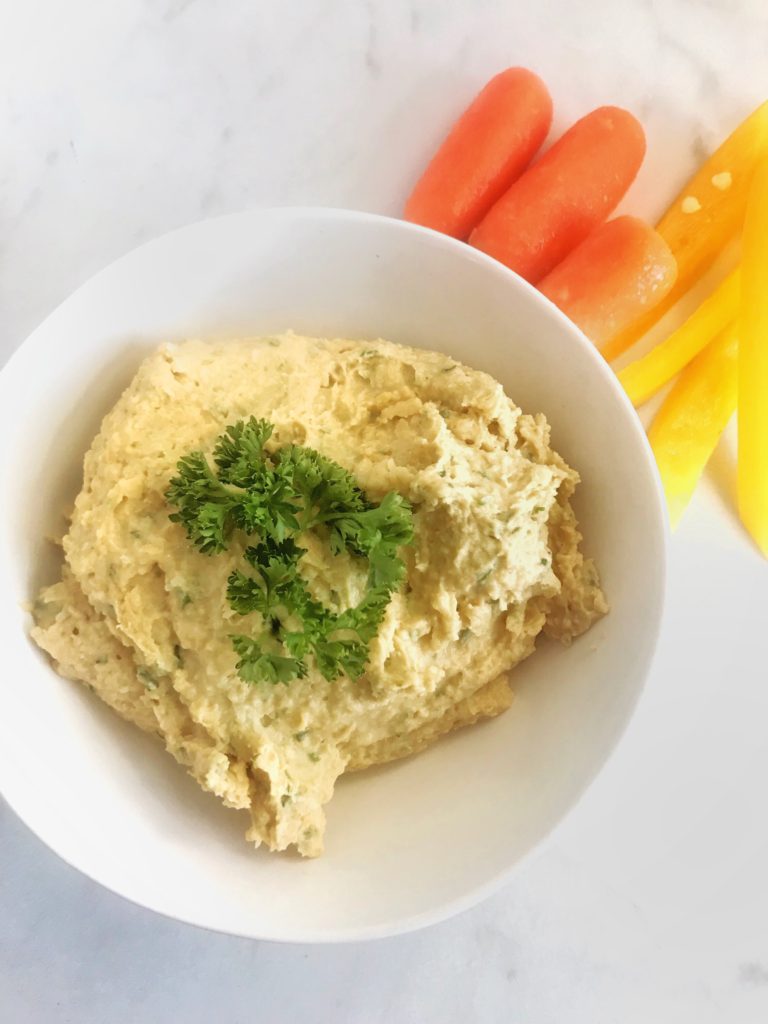Tips for Creating A Weekly Family Meal Plan
Weekly meal planning can be a great strategy for families to adopt. It helps cut down on food waste and prevents that nightly “what’s for dinner?” routine.
During these stay-at-home times due, meal planning might look a little bit different, but it’s still helpful and can be adapted to work for each household.
Here are some of our tried-and-true tips plus a complete sample meal plan and some spring recipes to inspire you in the kitchen.

Table of Contents
ToggleFirst, take inventory of what you have.
Have half an onion waiting to be used? Some leftover beans or roasted vegetables? Think about how you can incorporate these ingredients, even if they aren’t specifically listed in a recipe.
Bean burgers feature mostly pantry items and are packed with fiber, plus they’re customizable based on what you have.
Make a plan, but be realistic.
It’s great to have at least a few dinners planned knowing that some nights you won’t feel like cooking and can instead rely on leftovers, take-out, or something simple like breakfast for dinner.
Try not to get overly ambitious by planning seven days worth of recipes if you’re not likely to follow through with this much structure. If you typically grocery shop multiple times per week, be sure to grab enough staples to get you through a longer stretch as most of us are shopping less often right now.
Be willing to switch gears at the grocery store.
Grocery stores can be unpredictable right now, so plan on making some changes based on what you can find. This might mean swapping in canned protein (like canned salmon instead of fresh) or frozen vegetables. Who knows, you might find the improvised version to be even tastier than the original!
Try some simple and make-ahead breakfast items.
Simple is best for hectic mornings. If you like baked goods in the morning, like pancakes, waffles, quick breads, or muffins, these can all be made ahead and will last for a few days or will store well in the freezer.
Pair one of these strawberry rhubarb muffins with protein and fruit or sneak in a serving of vegetables with this carrot cake smoothie. Smoothies and overnight oats can also be prepped ahead.
We suggest picking just two or three breakfast items to alternate between throughout the week to help keep it simple.

Utilize leftovers for lunch.
Leftovers make for the easiest lunches, especially if more people than usual are home right now.
You don’t have to eat the exact same meal twice though. Instead, get creative and repurpose items into something that looks new and different. Top leftover asparagus with crunchy flax almond topping for a fun twist. Or layer leftover protein and vegetables, greens, or a whole grain and top it with a flavorful sauce like this dijon flax dressing for a “clean-out-the-fridge” bowl.
Plan for the fun stuff too.
Leave room for treats and snacks too! Many of us are baking more right now and for good reason. It’s a calming and kid-friendly activity that can also help ease stress. What’s not to like about that?
Incorporate this into your plan so you won’t be caught without necessary ingredients. Try our 4-ingredient rosemary sea salt flaxseed crackers if you run out of your favorite store-bought cracker. For a fun, portion-controlled sweet treat, chocolate mug cakes are simple and cook in just one minute!
A Sample Weekly Family Meal Plan
Use the meal plan below as guide and make adjustments to accommodate for your family’s schedule and preferences.
Many of the breakfast items can be prepped ahead and feel free to double up on recipes to make extras for lunch the next day or dinner another night.
Monday
- Breakfast: Muesli
- Lunch: Kid Friendly Snack Plate (combination of cheese, veggies, fruit, deli meat roll ups, peanut butter/bananas)
- Snack: PB & J Smoothie
- Dinner: Black Bean Burgers with Roasted Vegetables (meatless Monday!)
Tuesday
- Breakfast: Whole Grain Flaxseed Waffles & Fresh Fruit (fresh or defrosted frozen)
- Lunch: Leftovers
- Snack: Carrots & Celery with Hummus (store bought or homemade)
- Dinner: Taco Tuesday
Wednesday
- Breakfast: Muesli
- Lunch: Leftovers – repurpose taco fixings into a taco salad
- Snack: Healthy Cookie Dough Balls – recipe from Taylor Berlinsky, MS, RD, LDN
- Dinner: Chicken Tenders, Homemade Sweet Potato Fries & Roasted Broccoli
Thursday
- Breakfast: Muffins & Fresh Fruit
- Lunch: Leftovers – serve chicken tenders on top of green salad and whatever vegetables you have in the fridge
- Snack: Apple Slices & Flaxseed PB
- Dinner: Pasta with Marinara Sauce & Lentil Meatballs
Friday
- Breakfast: Scrambled Eggs and Banana Bread with Dark Chocolate Chunks (recipe from Melissa Traub, MS, RDN, LDN)
- Lunch: Kid Friendly Snack Plate (combination of cheese, veggies, fruit, deli meat roll ups, peanut butter/bananas)
- Snack: Tropical Clove Smoothie (recipe from Kellie Blake, RDN, LD, IFNCP)
- Dinner: DIY Pizza Night. Use leftover marinara sauce from Thursday for the base. You can also use frozen veggies as a side or topping if you run out of fresh produce by the end of the week. Another option: support your local pizza shop!




